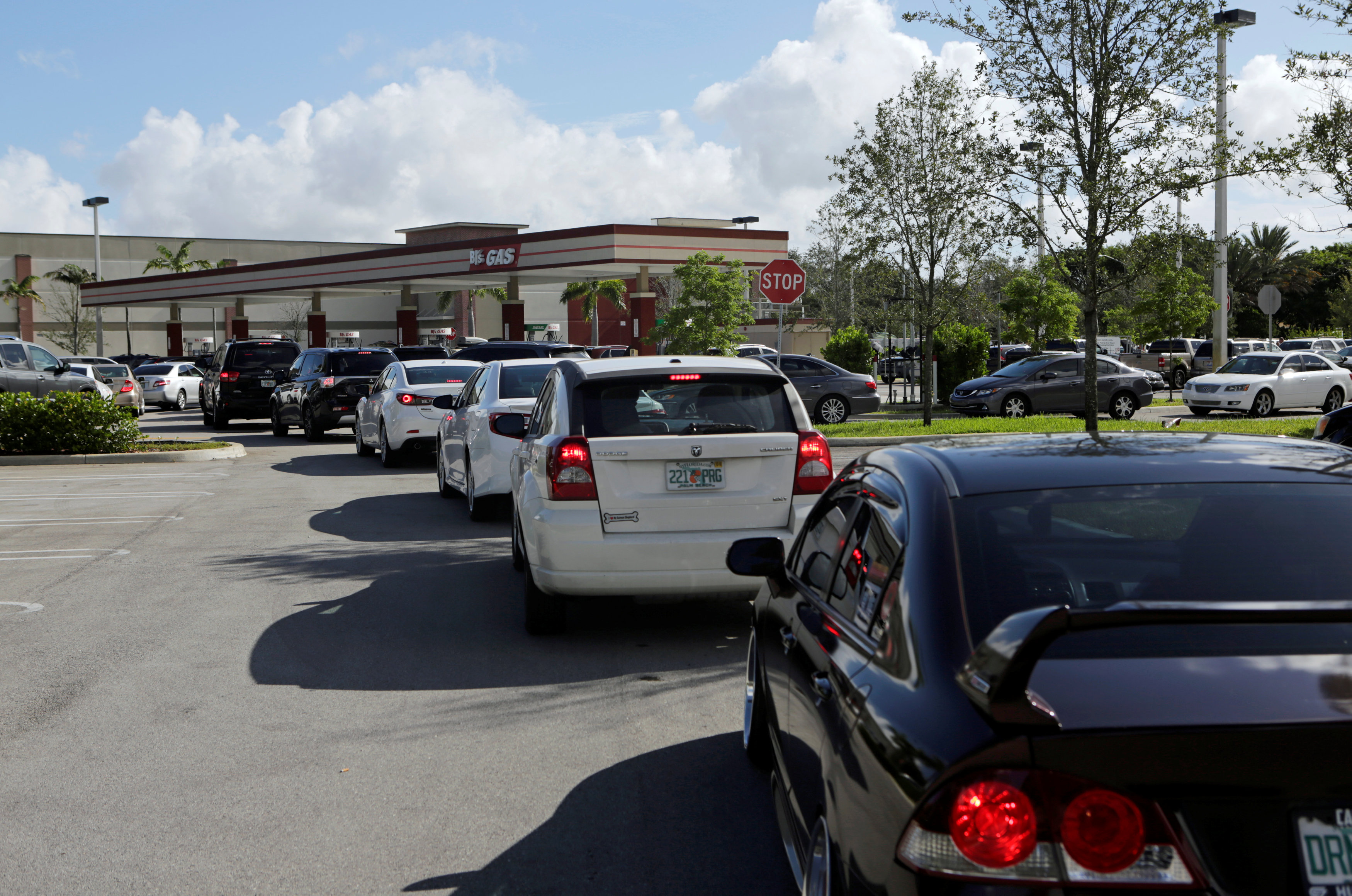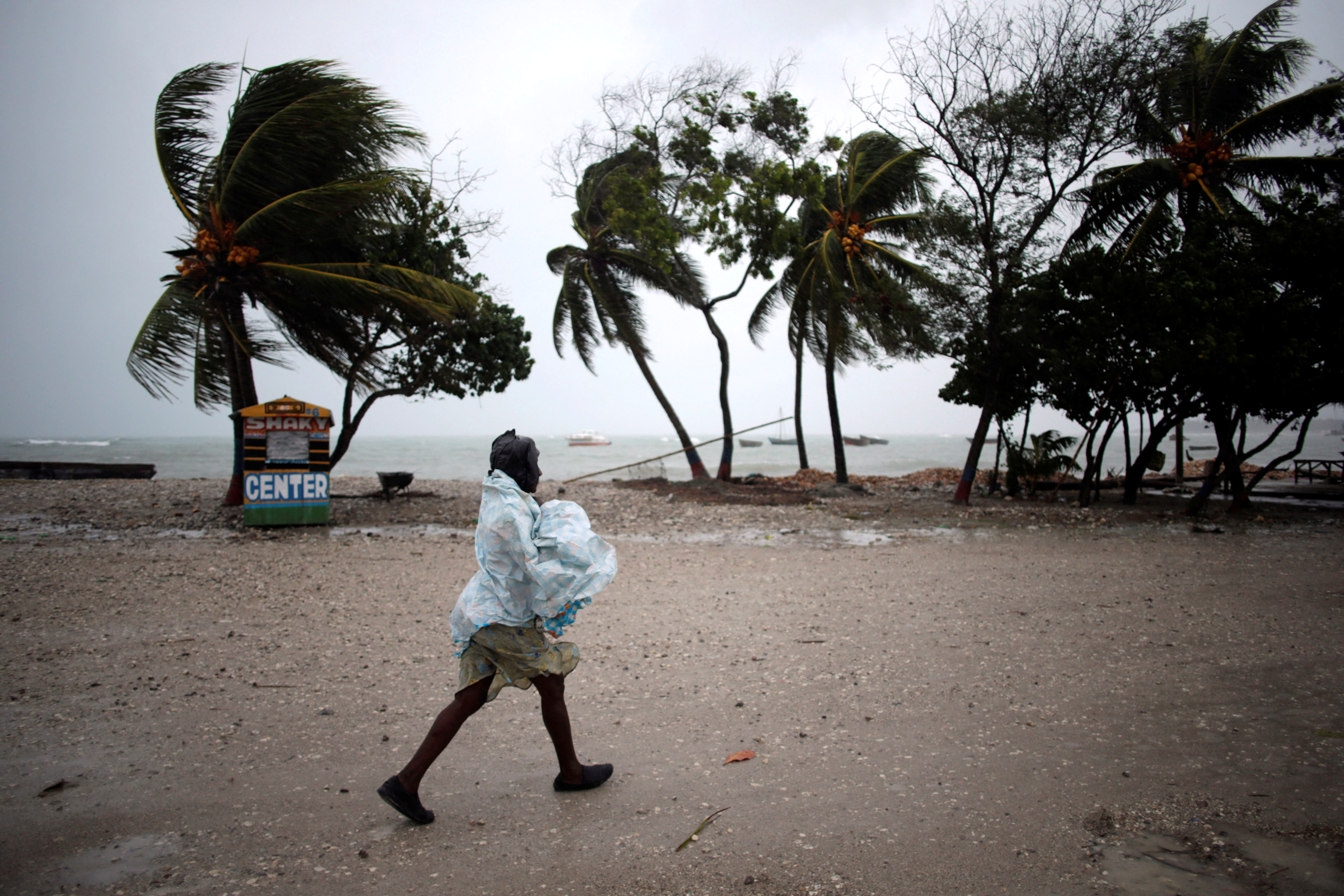
BEIRUT (Reuters) – A Syrian government official said he did not expect civilians or rebels to leave besieged eastern Aleppo on Friday during an evacuation window announced by Russia and accused insurgents of blocking any exit.
Moscow and the Syrian army told rebel fighters this week to leave opposition-held neighborhoods with light weapons through two corridors by Friday evening, and said civilians would be allowed to evacuate by other exit points.
There was no sign of any evacuations, however.
“I wish civilians would exit … but I expect that won’t happen, not under these circumstances,” Fadi Ismail, an official based in Aleppo in Syria’s reconciliation ministry, told Reuters via telephone.
Ismail said fighters from al Qaeda’s former Syria branch were preventing both rebels and civilians who wished to leave from doing so, and that factions appeared determined to fight on.
“Jabhat al-Nusra is in control of all of the crossings. For civilians, it’s impossible to leave as long as Nusra controls the area,” he said, referring to the group which now calls itself Jabhat Fateh al-Sham.
“We’re communicating with civilians and even with some militants, the ones who want to leave. Unfortunately, when militants want to leave it’s individual cases, not (entire) factions handing themselves over.”
Rebels say that Fateh al-Sham has a very small presence in Aleppo city itself, although the powerful group has been crucial for the fight against President Bashar al-Assad’s forces and their allies more widely in Aleppo province.
Ismail said prospects for a deal with rebels looked bleak, and he expected military action to resume if no one left on Friday.
“All the messages (from rebels) that I used to receive were ‘we’re coming for you with car bombs’,” he said. “There was nothing to suggest reconciliation would happen.”
Asked what would happen if no one evacuated, he said: “There must be military action, of course”.
Russia is expected to resume its bombardment of Aleppo once the evacuation window closes later on Friday. Moscow says it has not launched air strikes on the city for more than two weeks as Damascus calls on rebels to leave.
Insurgents have meanwhile launched a counter attack to try to break the siege on eastern Aleppo, which has been mostly surrounded by pro-government forces since July.
Assad seeks the recapture of Aleppo as a strategic prize in the civil war, which is in its sixth year. Some 250,000 people are trapped in eastern Aleppo, and around 1.5 million live in the government-held western neighborhoods.
(Reporting by Kinda Makieh in Damascus and Ellen Francis in Beirut; Writing by John Davison; Editing by Tom Heneghan)
















